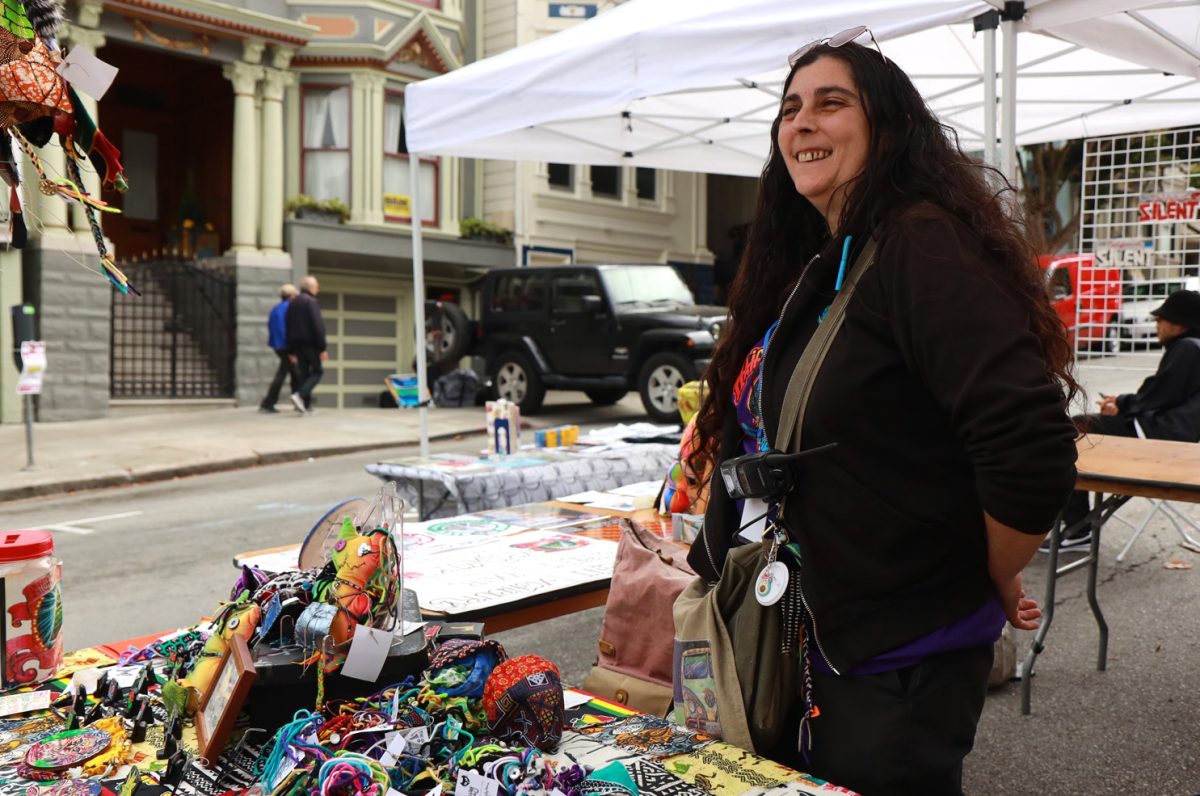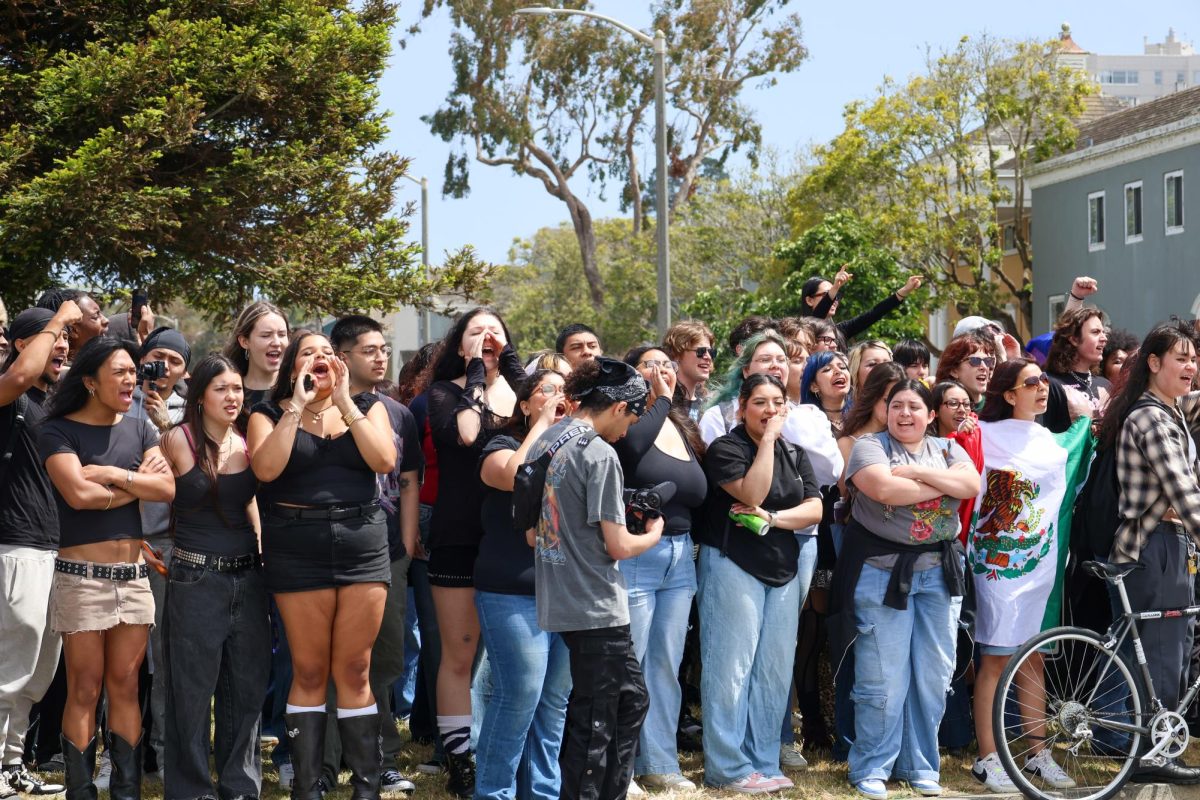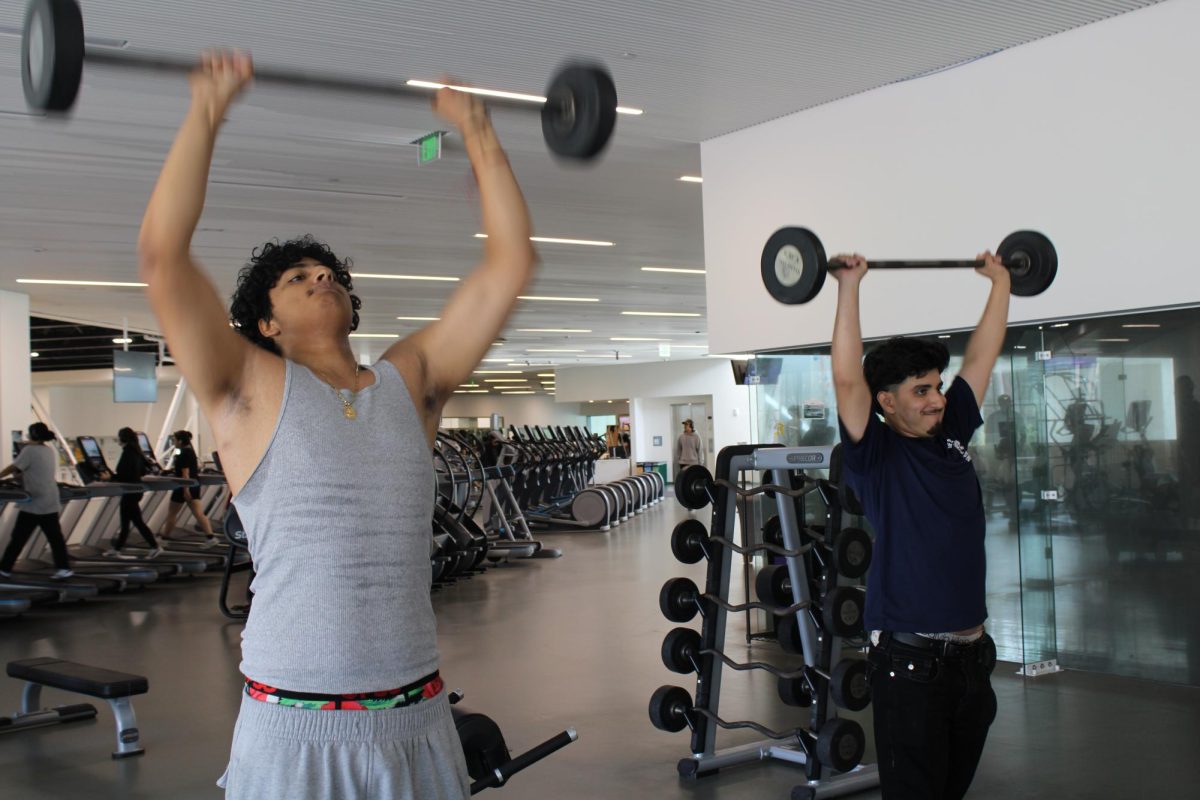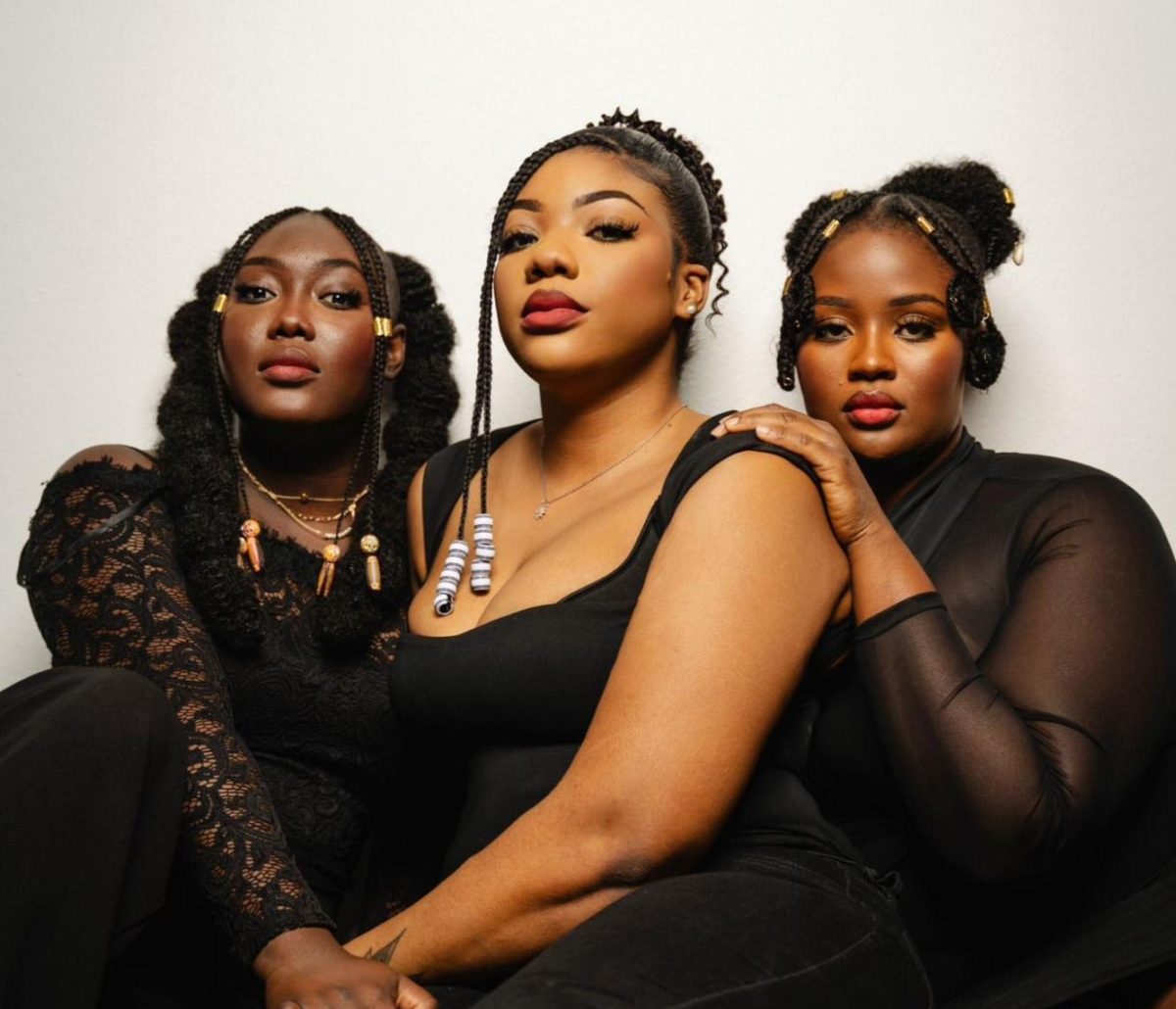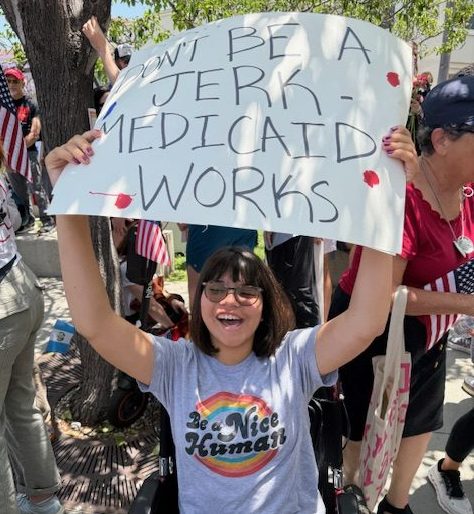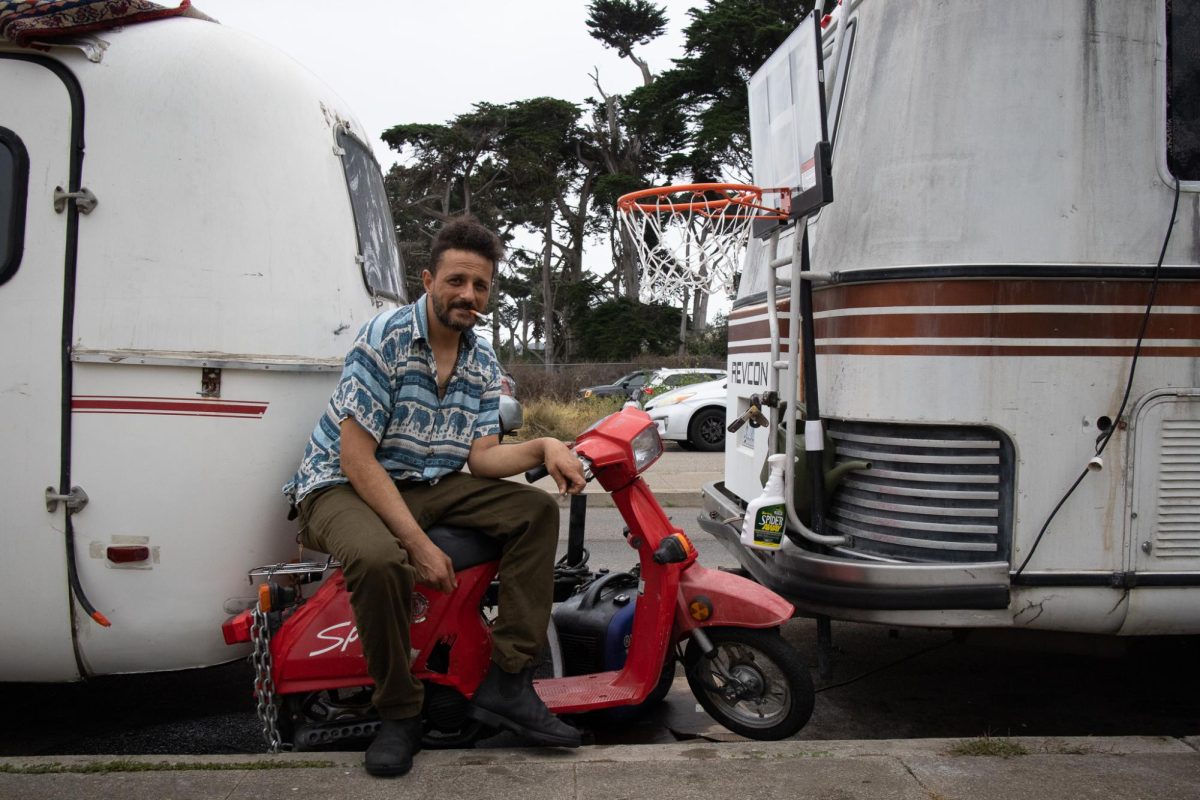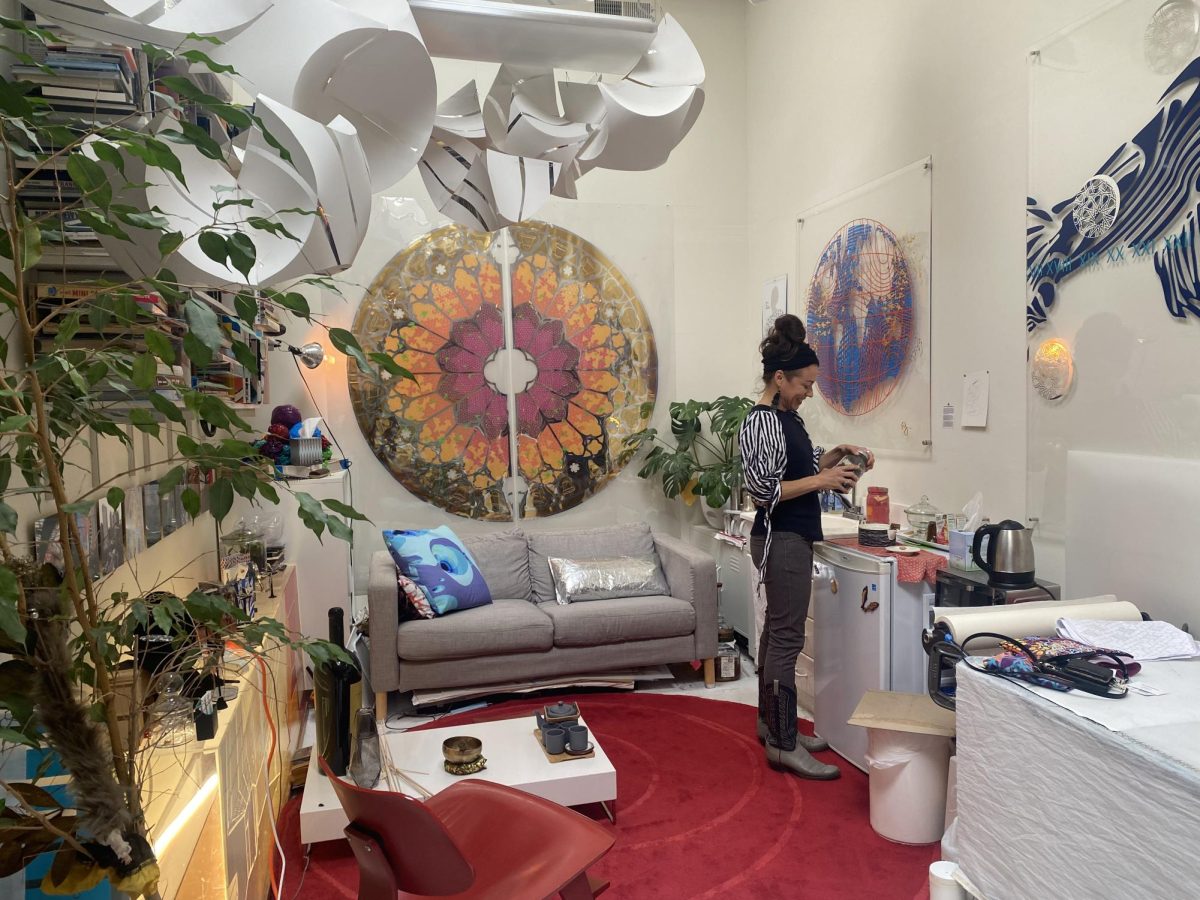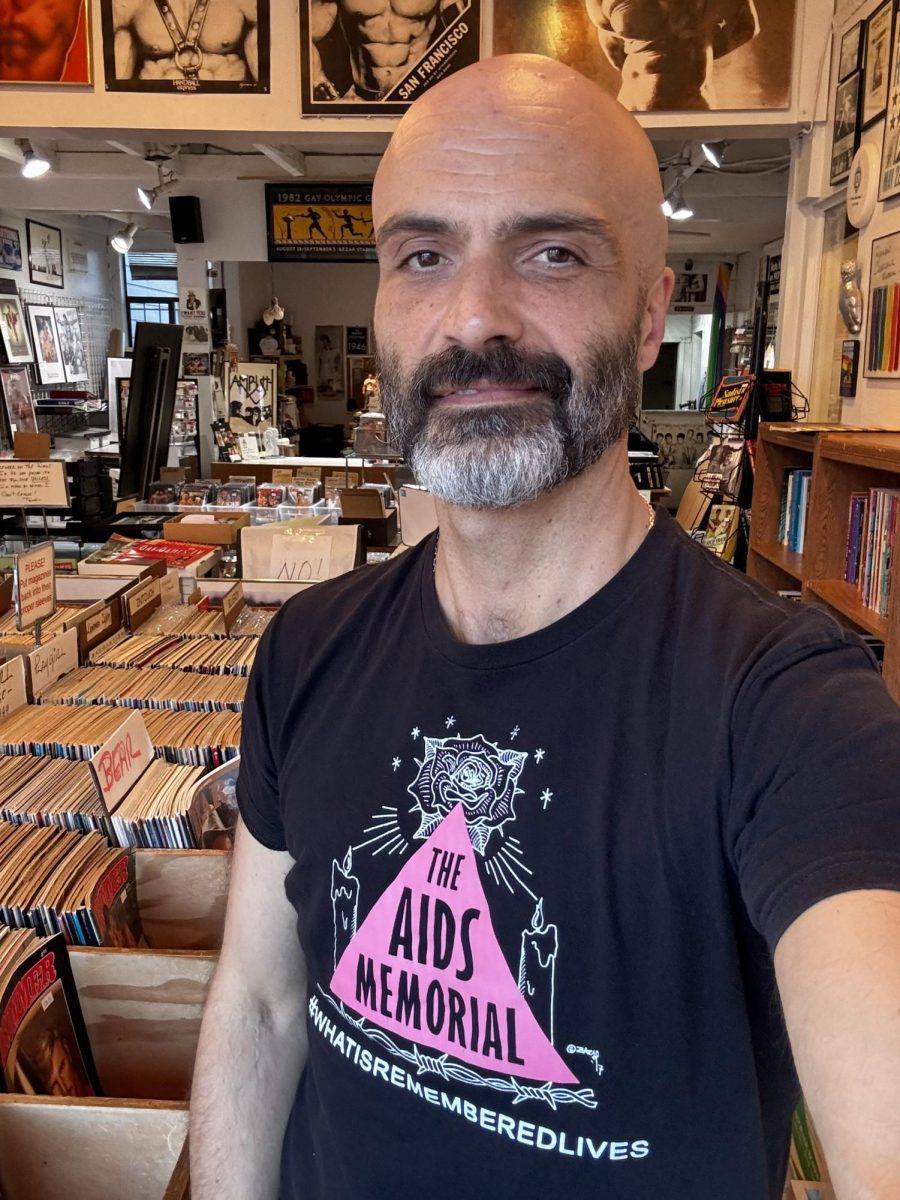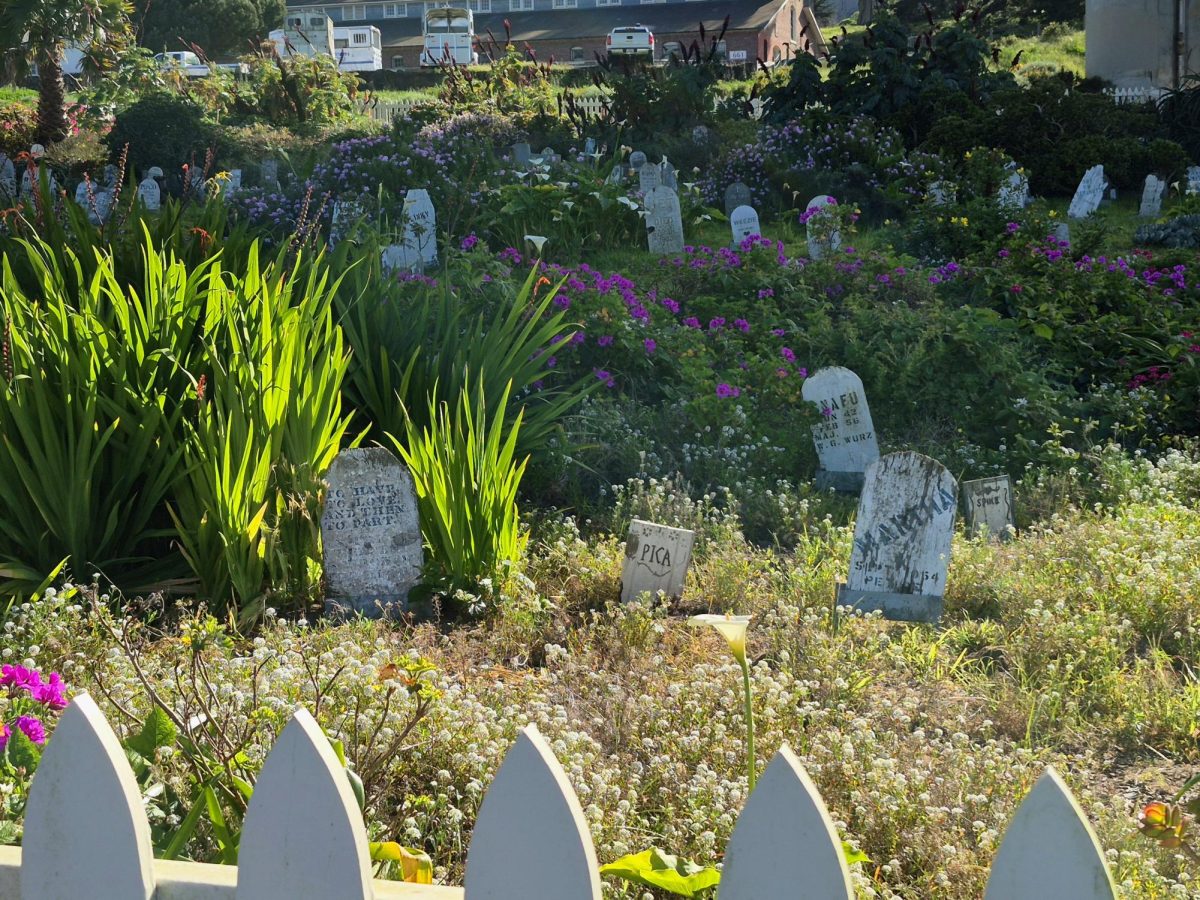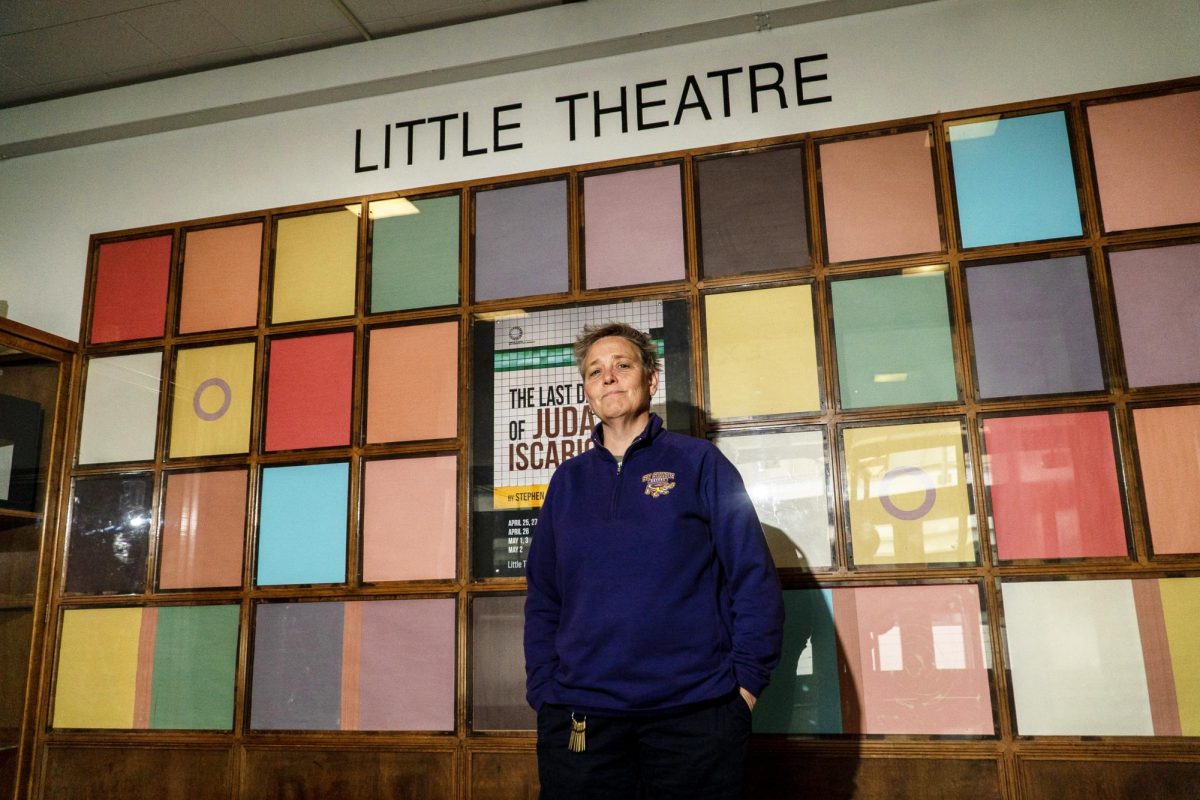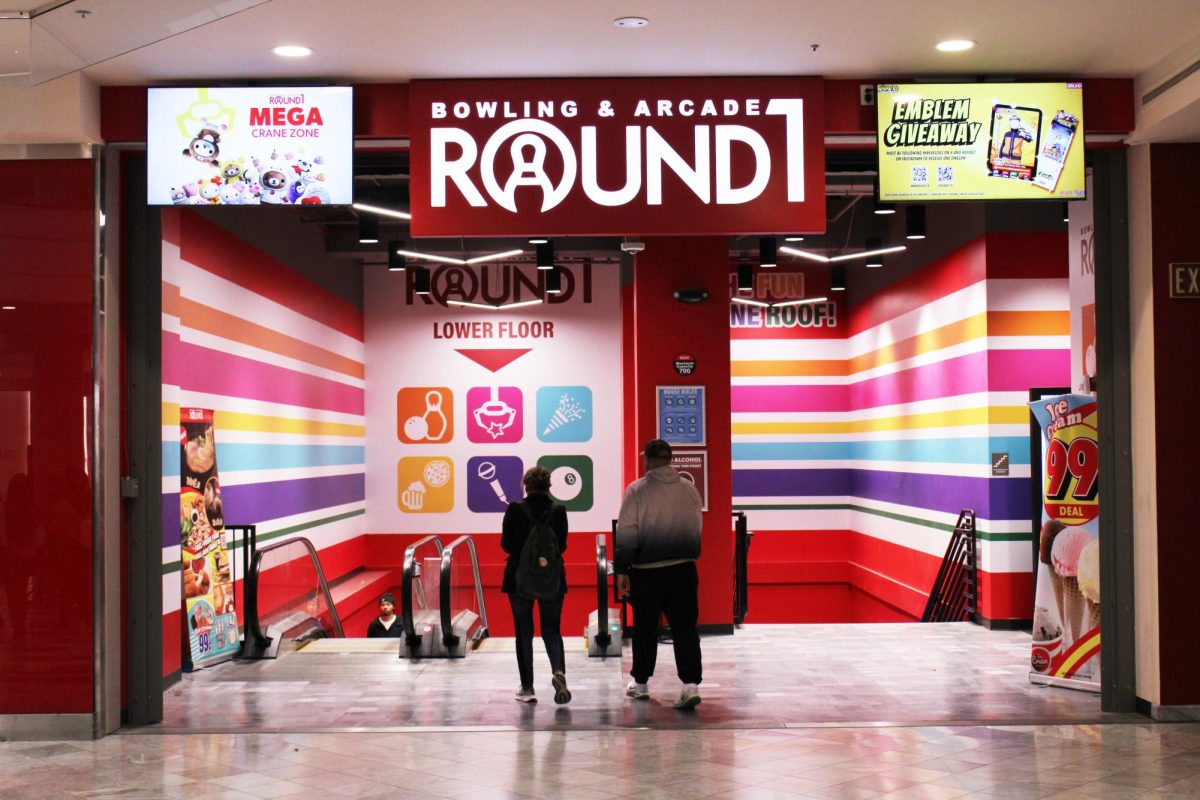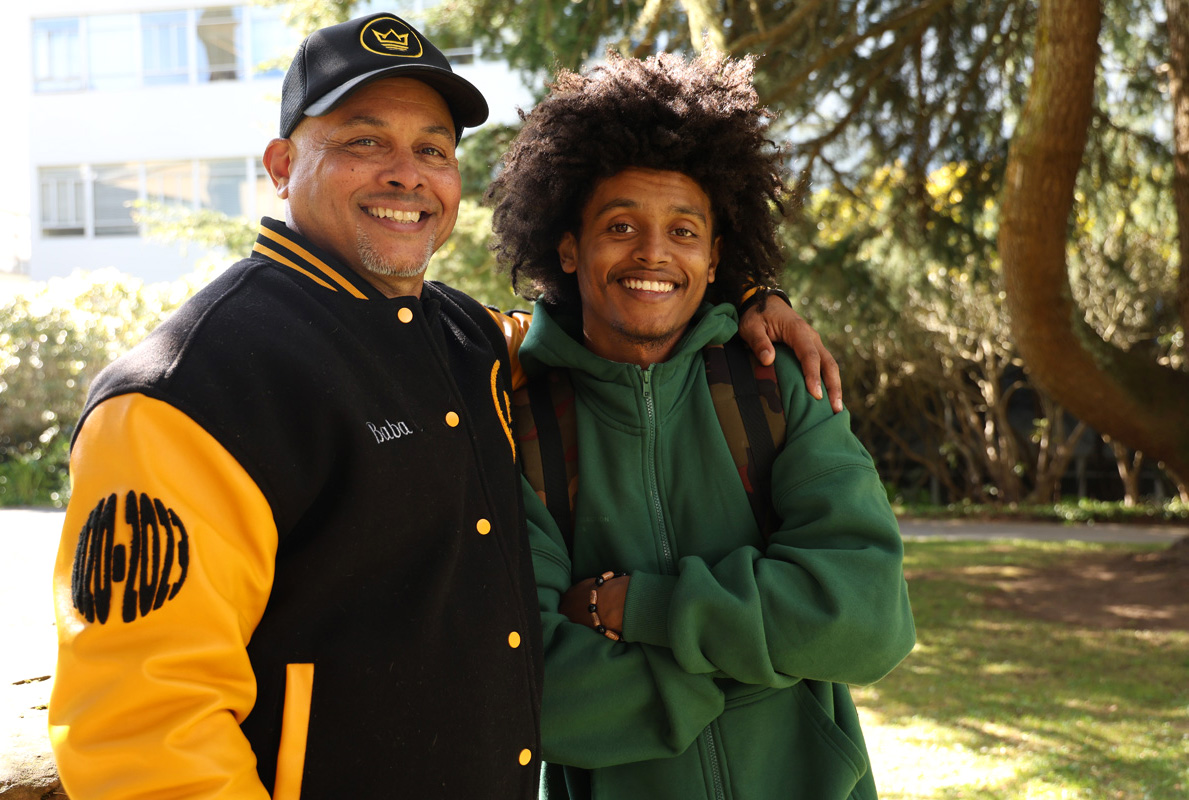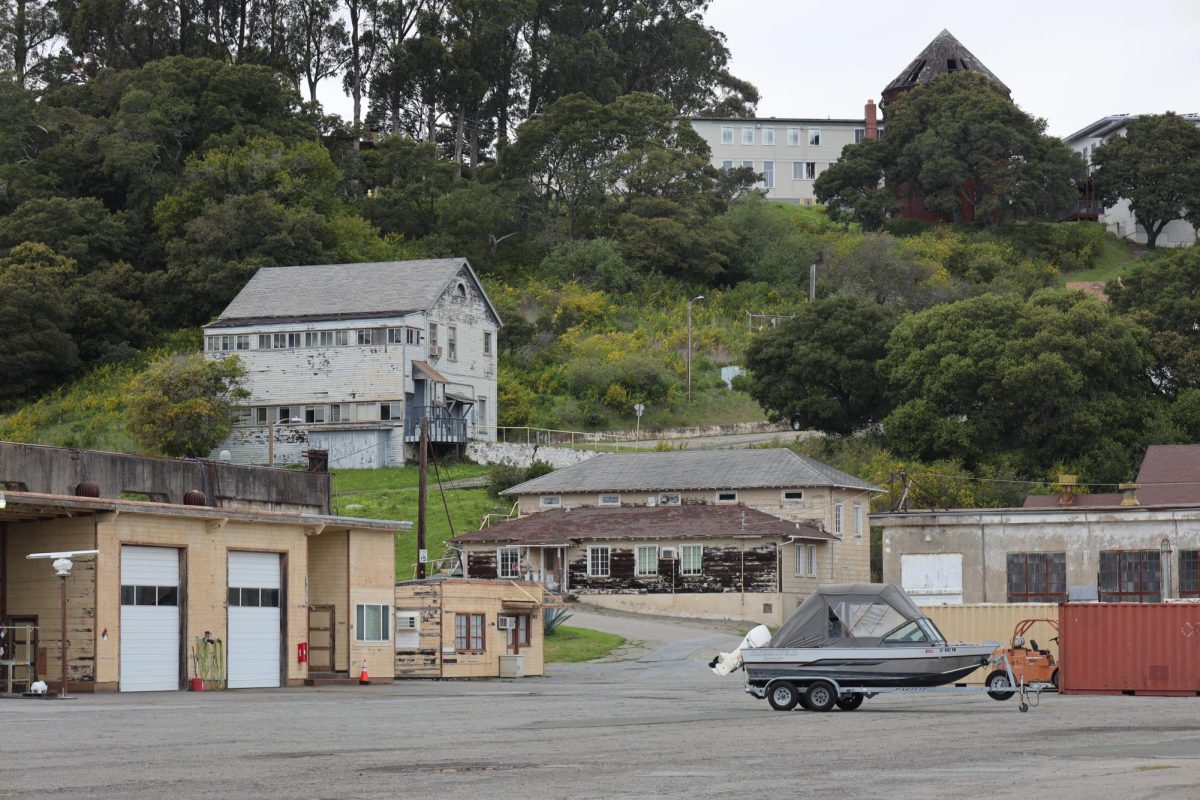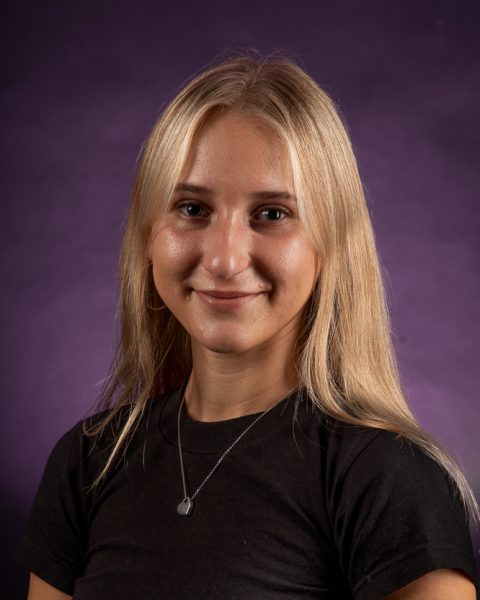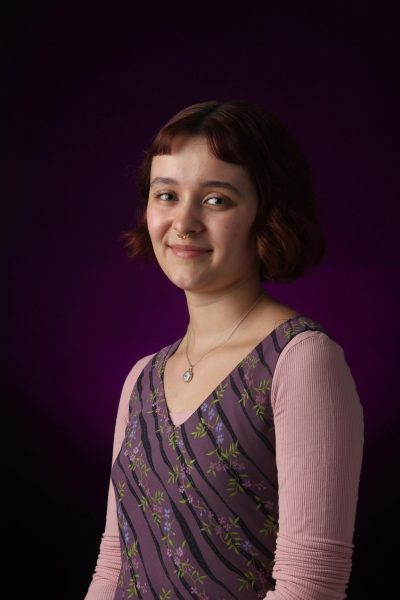Haight Street is infamous for its unique energy, musicians, food and clothing. The intricate history of the Haight has been a tourist attraction in San Francisco for years. The one day a year that brings the history of the street in unison has happened: The Haight-Ashbury Street Fair.
By the 1960s, the neighborhood of Haight-Ashbury became the epicenter for hippie counterculture. Thousands of young adults came to the Haight mostly in protest of the Vietnam War and because those who moved to San Francisco deemed the rest of America as “materialistic.” Haight Street was the place to expand their minds.
A boom of young adults that came to Haight-Ashbury in the 1960s looking for a new world found it through the use of psychedelic music, hallucinogenic drugs, expression with art and free love. This era was also known as the Summer of Love. After years passed by, the energy that was honed in the Haight eventually mellowed out, but the Haight-Ashbury Street Fair is the event that lets San Franciscans know that the energy brought by the people in the 1960s never left, and was passed on throughout generations.
The Haight-Ashbury Street Fair (HASF) was first introduced on April 29, 1978. The goal of the fair was to bring the energy back to the neighborhood and to “draw an awareness and appreciation to the cultural, political and social contributions this neighborhood provided to the American landscape during the 1960s” (Haight Ashbury Street Fair). The reemergence of this energy was based on a lot more than just this. It was also used to prove that the citizens of San Francisco could make it possible to house a community of peace, love and happiness.
The HASF is a non-profit organization that makes it possible for art and music to flow throughout the street in the name of community service. It also gives vendors the opportunity to interact with those who are in attendance at the fair.
“This city is a rough and tough place, but the love put in is always returned, and above all, the magic is there,” said Andrea Fuenzalida, one of the few participants that makes up the HASF. They direct the local art walk that takes place during the fair and have been housing all sorts of intricate and unique art from local artists in San Francisco for several years.
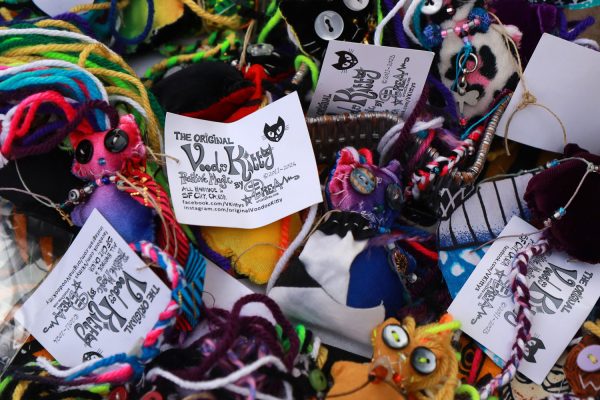
“It’s just like this whole feeling of manifestation where everybody comes together with a similar dream. Everyone’s got their own version. We all come out with what we got and we make it happen,” Fuenzalida said in regards to the local vendors and those who make the HASF function.
The artwork that’s found on Haight Street varies beyond normality in the best way, from the original psychedelic artwork that became the staple of the Haight to an array of other artwork pieces. During the HASF, many genres of artwork, such as poetry, abstract, modern and the psychedelic staple of the Haight, are on full display.
One local vendor who is a familiar face to many who regularly spend their time passing through Haight Street is Tony B. Conscious. He is a local artist that has his own unique style of artwork. He paints on anything: canvases, clothing items, skateboards, guitars and street signs.
Conscious’ artwork includes messages that tackle misogyny and that include inspirational quotes from musicians and public figures that provide views of self love. These messages, according to Conscious, also promote creating a beautiful personal aura, which is what Conscious himself is all about.
His artwork reflects how he wants people not only around San Francisco to act, but how he wants the world to operate: with love.
“This city has become so segregated and divided,” Conscious said. “My art comes from experience; I’ve been all over the world. Everywhere I’ve been in the world and everything I’ve learned, I process it and I put it into the paintings.”
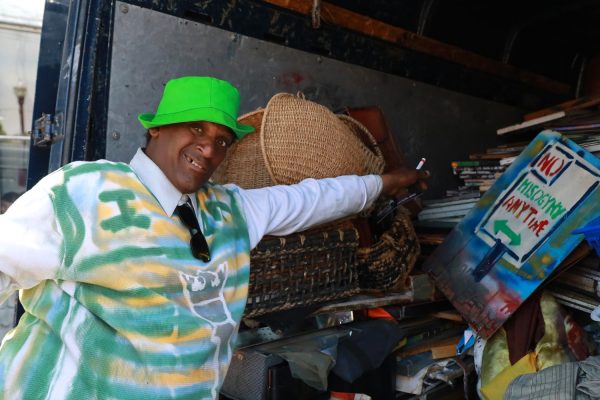
Conscious has discovered and sold his artwork in places like Australia, Venice Beach, Berkeley and Seattle, which is where he grew up originally.
Conscious constantly tries to convey messages in his artwork. He also wants to describe himself through his work.
“Society tries to exploit our differences, so we gotta celebrate our similarities,” said Conscious.
Conscious has abbreviations for the way that he projects not only his artwork, but himself as an artist. “A.R.T.: Always resonating truth, and L.O.V.E.: I am living on vibrational energy,” Conscious said.
Conscious can be found on the corner of Shrader and Haight streets where he is constantly selling his artwork and keeping the positive energy of the Haight alive.
The plethora of art is a key factor for spreading love and individuality throughout the Haight, but the music plays a part as well. Iconic musicians who called Haight Street home during the 1960s include Jimi Hendrix, Janis Joplin, Bobby McFerrin, and members of the Grateful Dead.
“That one [HASF 2021 Grateful Dead Exhibition] was the one when the Grateful Dead was in town and that was great,” said Kayo Mitsuyama, the owner of an intricate and unique clothing store called Kayo Anime Clothing.
“I think it’s a great annual festival to bring people together and keep some of the nostalgia alive about Haight Street,” said Jethro Jeremiah. “Keeping that is a good connection to the history of the Haight. It’s been going on for a long time. It’s a good timeline to the past.”
Jeremiah is a soul musician that performed with his band at the HASF. He previously opened for artists such as Ray Charles and Ziggy Marley during the time he resided in San Francisco.
“I started out originally performing on Haight Street and just sort of doing harmonies,” Jeremiah said, after he moved from Maryland to San Francisco. “I really liked the diversity of San Francisco and the Bay Area. I liked the change of scene. It was just a whole bigger world for me.”
After Jeremiah started to make connections through those residing in the Haight, he began to flourish. With the inspiration of fellow musicians around him, he was able to produce the music that he wanted to share with the world.
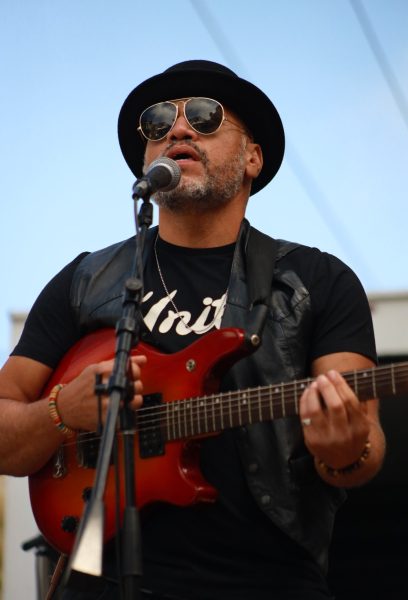
“The guy that I started out with, Todd Folk, used to host an open mic at Sacred Grounds near the Panhandle,” Jeremiah said, explaining how he got inspiration for his music today. “He’s got a really soulful voice, and his style really appealed to me – his voice and guitar playing. He was a big inspiration when I started.”
The feeling of love found within the community throughout the Haight isn’t all just through the music and art, but through the use of hallucinogens.
Marijuana, LSD and mushrooms were some of the popular drugs used to expand one’s mind in the 1960s.
The Higher Consciousness, a vitamin and supplement store on Haight-Ashbury, sells anything from mushrooms to ranges of hemp to THC. The co-founder of the store, Max Leung, has been selling products through the HASF for decades and opened his storefront in 2019 when seeing the prominence of hallucinogens in the Haight-Ashbury neighborhood.
“I used to be a representative for a company called Chronic Candy, and that’s how I first started,” Leung stated.
According to Leung, the HASF has definitely shifted over time. “Back in the days at the Haight Street Fair, I could count on seeing just about everybody I knew who was also a San Francisco native like myself,” said Leung. “I still see familiar faces every year that I don’t see otherwise. Every year I can count on seeing certain people.”
The energy in the Haight-Ashbury has definitely shifted throughout the years since the 1960s, but the constant community effort to uphold one day a year where that energy can be shown throughout the use of art, music, clothing and love is something that San Franciscans can be appreciative of.



